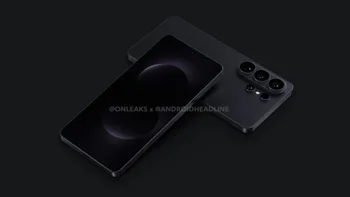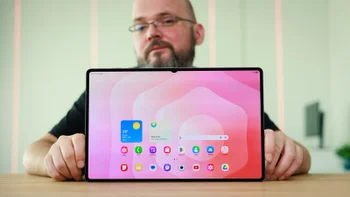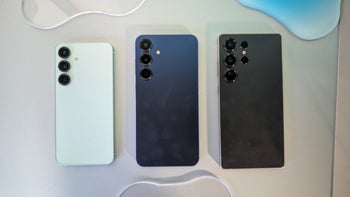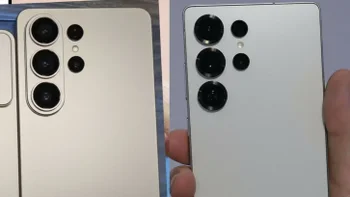The OnePlus 3 features an 'Optic AMOLED' display: here's what it means

Alright, that's probably a bit too harsh, and our good humored stab at OnePlus marketing may come across as hostile. It really isn't. But the fact is that 'Optical AMOLED', which is how the display is marketed on OnePlus' website, isn't an actual 'thing'. As in, it's not a new technology—at least not one that we've been made aware of. And we sure did some digging. The only reference to an Optic AMOLED display we could find anywhere is in regards to the OnePlus 3.
Obviously, OnePlus did mention a few potential benefits with the panel used with its third flagship:
A series of custom-engineered gamma corrections create a more natural viewing experience, while a dual-polarizing layer ensures ideal clarity, even in the brightest sunlight. The end result? Deep blacks, bright whites, and authentic color reproduction - all at a fraction of the power consumption.
These all sound great, though experience cautions patience. Once we get the OnePlus 3 in our offices, we'll run our full suite of display tests to determine if OnePlus really has a winner on their hands, screen wise. We're hoping that they do.
To be fair, OnePlus isn't the first manufacturer to employ marketing puffery when it comes to display tech. In fact, just recently, we covered a few common practices that can be potentially misleading. Samsung does something similar by calling its displays Super AMOLED, though they do differ from some AMOLEDs in that that the touch digitizer is glued to the panel. Still, every display supplied by Samsung to third parties is a Super AMOLED display as far as we know, though these partners apparently aren't allowed to market them as Super AMOLED. Just AMOLED.
We reached out to OnePlus for a comment, and they came back to us with the following:
Hey Chris,
Besides the calibration I would say the two main points are below:
- A dual-polarizing layer that makes it extremely easy to see the screen in bright daylight
- Custom-engineered gamma corrections that help create a more natural viewing experience
Ag
Follow us on Google News













Things that are NOT allowed:
To help keep our community safe and free from spam, we apply temporary limits to newly created accounts: